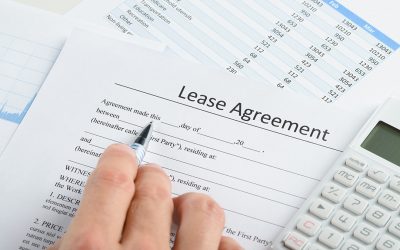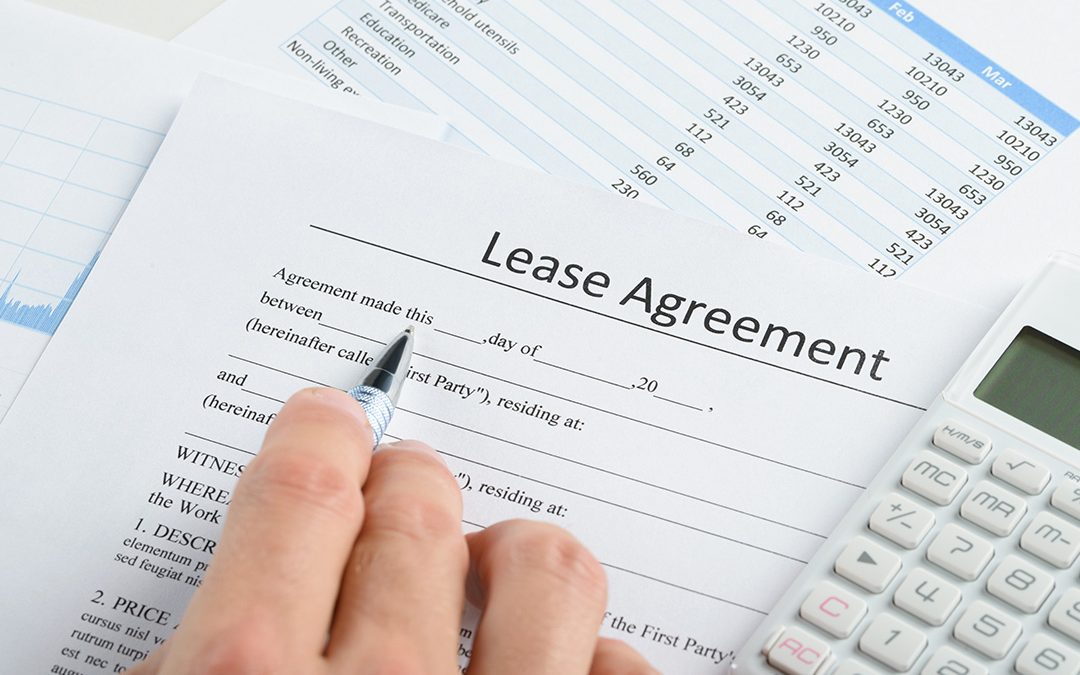Legislative Wrap-Up 2022: Grant of option now dutiableOn 19 May 2022, the Duties Act 1997 (NSW) was amended by the State Revenue and Fines Legislation Amendments (Miscellaneous) Act 2022 (NSW) (the Act). Upon its royal assent, a new head of duty...

Going Digital – Queensland’s new e-Conveyancing Mandate

Going Digital – Queensland’s new e-Conveyancing Mandate
Queensland will make e-Conveyancing mandatory for certain transactions with the commencement of the Land Title Regulation 2022 (Qld) from 20 February 2023 (the Regulation).
The Regulation will bring Queensland in line with New South Wales, Victoria, South Australia, and Western Australia in relation to the e-Conveyancing process.
The formalization of this advancement also reflects the position of how property transactions are actually being affected in Queensland. Recent statistics confirm that 70% of all conveyancing transactions occurred electronically in 2022, which closely aligns with our own experience.
What transactions are covered?
Transactions that will be captured by these changes include:
- transfer for a lot;
- mortgage over a lot;
- an instrument releasing a mortgage for a lot;
- caveats and requests for withdrawals;
- priority notices and requests for extension or withdrawal; and
- applications made to be registered as a personal representative for an owner of a lot who has died.
Are there any exceptions?
The following transactions will be exempt from the mandatory requirement to comply with the Regulation:
- the Electronic Lodgment Network Operators (ELN) does not have the functionality to prepare, lodge or deposit the instrument;
- circumstances which are beyond the subscriber’s control, such as for example, internet outages;
- where the land registry is unable to accept the instruments electronically;
- where one or more parties are self-represented; and
- where an instrument has been executed prior to mandatory e-Conveyancing.
How are e-transactions affected?
The electronic transactions will only be able to be conveyed through two Electronic Lodgment Network Operators (ELNOs): PEXA and Sympli. In our experience, PEXA remains the market leader in the e-Conveyancing space, and it looks to remain that way despite Sympli gaining subscribers.
Electronic conveyancing has been largely embraced by legal and finance practitioners as the use of technology has led to increased security, efficiency and overall user satisfaction.
The introduction of mandatory e-Conveyancing is a welcome addition to the market and will require all practitioners to adhere to these requirements going forward.
Other Articles of Interest
Feel free to browse our other news items. Of course, if you’d like us to expand upon any points raised, please reach out to us.
Going Digital – Queensland’s new e-Conveyancing MandateQueensland will make e-Conveyancing mandatory for certain transactions with the commencement of the Land Title Regulation 2022 (Qld) from 20 February 2023 (the Regulation). The Regulation will...
Hotel Investment and Development State of Play Survey Australia 2022Hospitality advisory group Minett Prime Square and law firm Keighran Legal + Advisory have partnered to benchmark the state of play within the hotel investment and development...
Landlords and Tenants: At what stage do lease documents become binding?Published: 29 November 2021 Written by: Duane Keighran and Sara Ibrahim The case of Thorn Australia Pty Ltd v Centuria Property Funds Ltd [2021] NSWSC 1217 considers whether...
Deal Announcement: The delivery and handover of social and affordable housing rental dwellingsDeveloped by Traders In Purple, in partnership with Housing Trust, the project delivered much needed social and affordable housing rental units to the...
Deal Announcement: AVARI Capital Partners successful purchase of 10 Hobart Place, Canberra.A prominent core CBD building with over 4,500m of NLA, the building provides a significant opportunity for value add, whilst returning an impressive yield in...
Deal Announcement: Brisbane’s first Mövenpick HotelDeveloped by Keylin as part of the prestigious ORIA Spring Hill development, the Hotel is due to open in 2024. Our Hotels team of Duane Keighran, Georgia Carter and Sara Ibrahim were pleased to...
Snapshot: NSW Government tweaks ‘Impacted Lessee’ statusPublished: 30 September 2021 Written by: Duane Keighran and Sara Ibrahim The new amendments Recent amendments to the Retail and Other Commercial Leases (COVID-19) Amendment Regulation...
Say goodbye to paper titles – Embracing a digital land registry in NSWPublished: 30 September 2021 Written by: John Momitsas and Sara Ibrahim The pursuit to move from traditional paper conveyancing processes, towards a completely digital...
Update & Snapshot: Commercial Tenancy Relief Scheme Regulations 2021 (VIC)Published: 27 August 2021 Written by: John Momitsas and Sarah Ibrahim A very much anticipated wait (since our Article earlier this month) has finally come to an...
Back to News + Articles




















